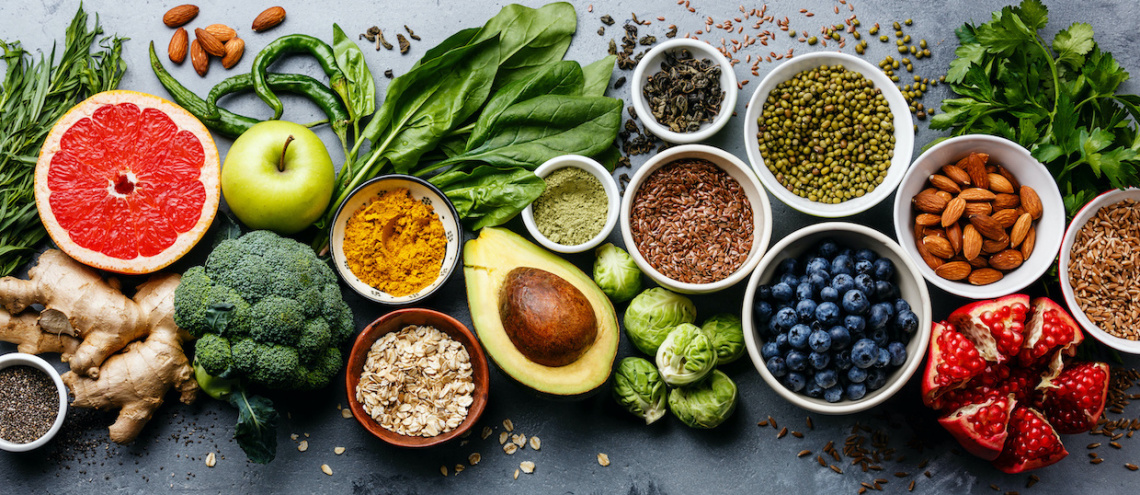Healthy eating is important at any age, but becomes even more so as we reach midlife and beyond. As well as keeping your body healthy, eating well can also be the key to a positive outlook and emotional wellness. But heart scientists say that healthy eating doesn’t have to be about dieting and sacrifice. Rather, it should be all about enjoying fresh, tasty food and wholesome ingredients.
Changing your eating habits is not an easy undertaking. However, whether you have years of unhealthy eating under your belt – or you simply want to fine-tune your diet – it’s never too late to invest in your health and make tweaks to the way you shop, cook and eat.
In a recent scientific statement, The American Heart Association outlined key features of a heart-healthy way of eating. Instead of emphasising individual ‘good’ and ‘bad’ foods, this new approach focuses on overall dietary pattern (the balance, variety, amounts and combination of foods and beverages regularly eaten).

The aim of the 2021 Dietary Guidance to Improve Cardiovascular Health is to make it easier for us to maintain heart health no matter what foods we like and dislike, what cultural traditions we uphold and whether we eat our meals at home or on-the-go.
‘When people try to make drastic changes in their diet because they suddenly decide they want to get healthier, they frequently don’t stick with those changes for a long period of time,’ says Dr Alice Lichtenstein, lead writer of the statement and director of cardiovascular nutrition team at the USDA Human Nutrition Research Center on Aging at Tufts University in Boston. ‘If you make changes within your current dietary pattern that consider factors such as affordability, availability, convenience, and what you like to eat, it’s more likely to become more of a way of life.’
Developing an eating pattern that’s going to work for you may take a little more work in the beginning, but once you figure it out it can easily become second nature.

Here are a few pointers from the 2021 Dietary Guidance to Improve Cardiovascular Health.
1.Shop around. Find out what different foods are available in your supermarket at a price you’re willing to pay.
2. Find the healthiest options of the foods you eat regularly. Take time to compare different foods that you enjoy. If you like to eat soup or crackers, find choices that are lower in sodium, added sugars or unhealthy fats.
You might like: Top Health Foods That Are Actually Bad For You
3. Check for nutritional information on take-aways or prepared meals. As a general rule — even for prepared foods or takeout foods — the less processed the better.
4. When faced with options, keep heart-healthy guidelines in mind. If you’re faced with choices about bread or rice, choose whole grains when possible. When making a salad, add more vegetables and less bacon bits or heavy dressings.
5. Enjoy your food. Frequently people think that if a food is healthy, it’s not tasty. That not true there is a lot of range and flexibility in healthy choices —find a few ingredients and dishes you really enjoy.
Read next: How to Practice Mindful Eating
6. Help the planet. Eating fruits, vegetables, and plant-based sources of protein (such as beans, lentils, peas, nuts and seeds) are consistent with a sustainable and environmentally responsible way of eating.
TheOptimal.me makes it super simple to eat healthily – without compromising on taste. We offer a number of innovative recipes and nutritional content designed to keep your body in fighting shape. Plus, we add new recipes regularly, so keep your eye out for things you'd like to try!








Comments